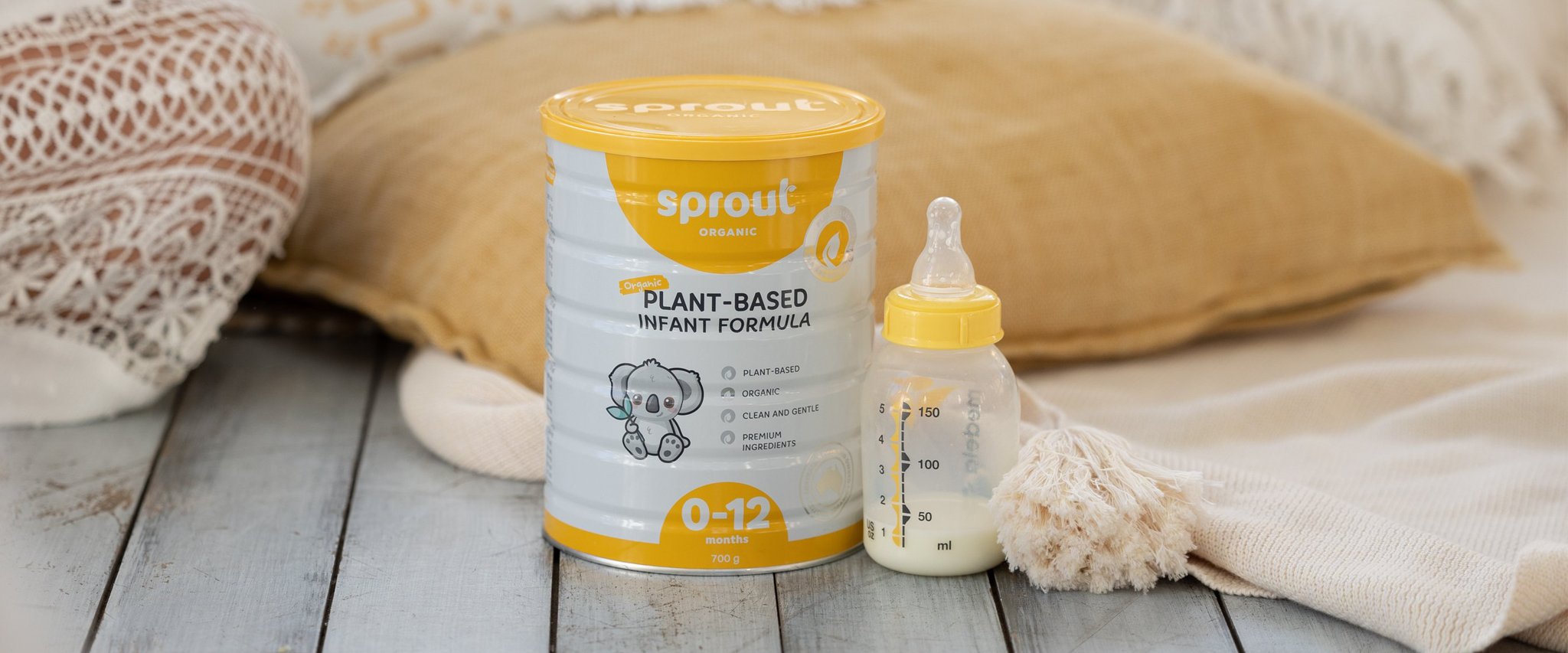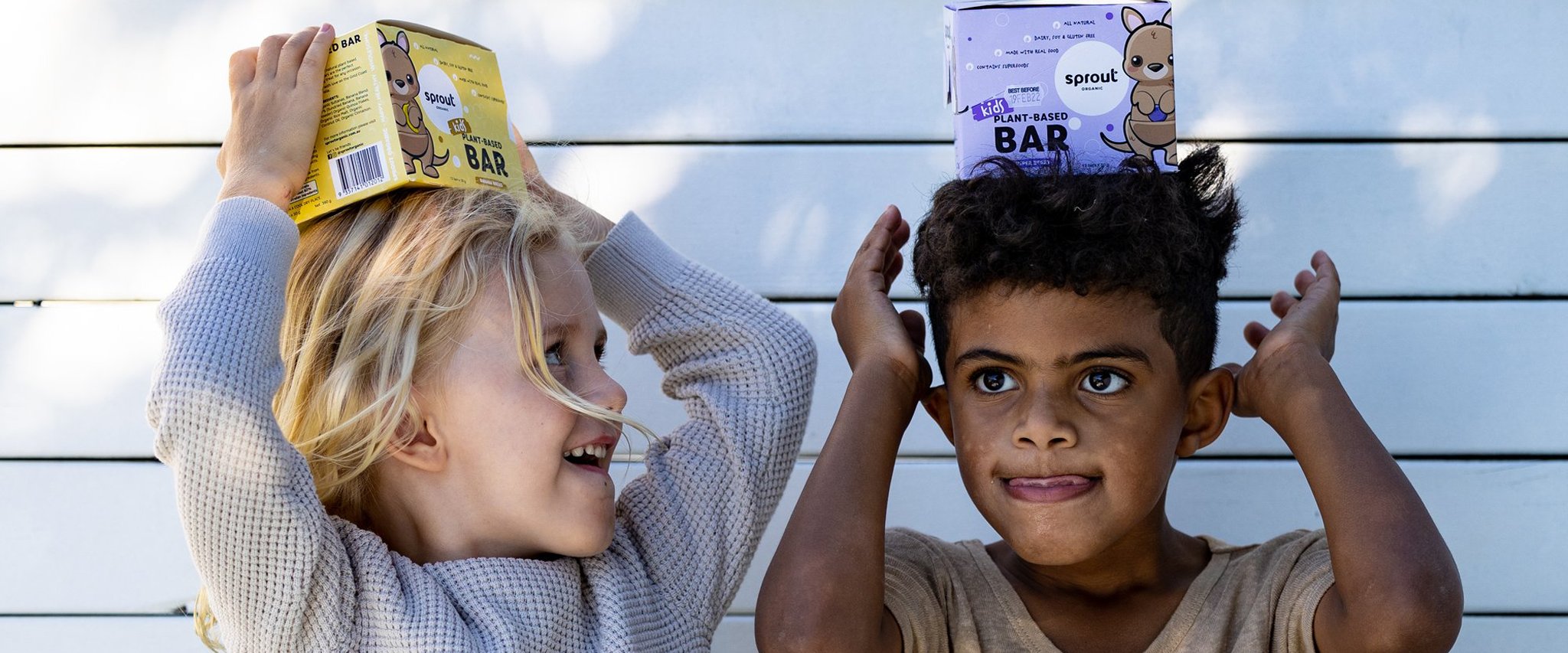How to Read and Understand Food Labels to Avoid Allergens
Navigating the supermarket aisles can be daunting for parents of children with food allergies. The array of food products, each with their own unique ingredients, can make shopping a stressful experience.
However, understanding how to read and interpret food labels is crucial to ensuring your child's safety, so we've created a guide tailored for parents to help you decode food labels and avoid common allergens.
1. Know the Common Allergens
In Australia, food manufacturers are required to label foods that contain any of the following common allergens:
- Peanuts
- Tree nuts
- Milk
- Eggs
- Sesame seeds
- Fish
- Shellfish
- Soy
- Wheat
- Lupin
Being familiar with these allergens is the first step towards effective label reading.
2. Understanding Labelling Laws
Australia’s food labelling laws mandate that any ingredient derived from the common allergens must be clearly listed on the ingredient panel. This includes when these allergens are present as part of compound ingredients or as additives. The allergen must be listed in bold or a different font to ensure it stands out!
3. Reading the Ingredients List
The ingredients list is your primary tool for identifying potential allergens. Ingredients are listed in descending order by weight, meaning the first few ingredients are present in the highest quantities. Scan through the entire list carefully. If your child is allergic to multiple foods, it’s vital to check for each allergen individually.
4. Look for Allergen Statements
Many products include a separate allergen statement, often found near the ingredients list. This statement might read, “Contains: [allergen]” or “May contain traces of [allergen].” These warnings are crucial, as they alert you to potential cross-contamination risks during manufacturing.

5. Understand 'May Contain' Warnings
The phrase “may contain” indicates that the product could be contaminated with allergens during processing. Although these products do not list the allergen as an ingredient, there is a risk of tiny allergen particles from shared machinery being present. For highly sensitive children who are anaphylactic, it's best to avoid these products to prevent accidental exposure.
6. Beware of Hidden Allergens
Allergens can sometimes be hidden within other ingredients. For example, casein and whey are milk derivatives, while albumin is derived from eggs. Familiarise yourself with these terms to spot hidden allergens!

7. Check Every Time
Manufacturers can change their ingredients without notice, so it’s essential to read the label every time you purchase a product, even if you’ve bought it safely before. New formulations or seasonal variations might introduce allergens unexpectedly.
8. Consult with the Manufacturer
If you’re ever in doubt about an ingredient or potential cross-contamination, don’t hesitate to contact the manufacturer directly. They can provide detailed information about their products and manufacturing processes.
9. Utilise Technology
There are several apps available such as Allergy Pal that can help you identify allergens in food products. These apps allow you to scan barcodes and quickly access ingredient information, making shopping trips more manageable.
10. Teach Your Child
As your child grows, involve them in the process of reading food labels. Educate them about their allergens and how to spot them. This will empower them to make safe food choices as they become more independent.
11. Plan Ahead
When trying new foods, especially those that are not pre-packaged, such as deli items or bakery goods, always ask about ingredients and preparation methods. Planning ahead can help avoid accidental exposures.
Reading and understanding food labels is a vital skill for parents of children with food allergies. By familiarising yourself with common allergens, understanding labelling laws, and being diligent in checking ingredients, you can protect your child from harmful exposures. Remember, when in doubt, err on the side of caution and choose products that are clearly safe. As with all things, we always recommend consulting with your trusted health professional to decide what is best suited to you and your little one.






Leave a comment